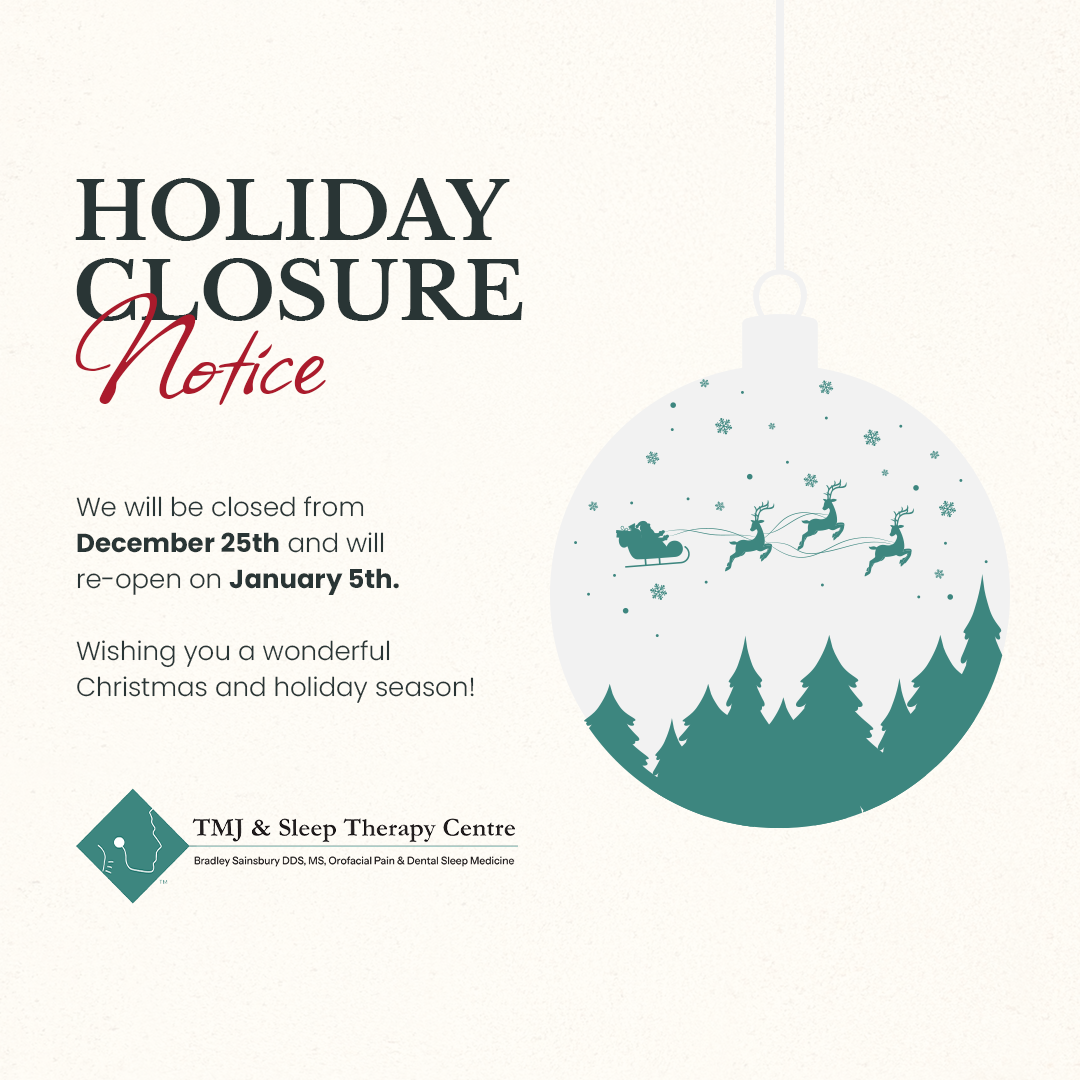How We Can Help With Sleep Apnea
Sleep apnea is a common sleep disorder that affects millions of people worldwide. It is a condition characterized by interruptions in breathing during sleep, which can occur dozens or even hundreds of times per night. These interruptions can last for a few seconds to more than a minute and can lead to a range of negative health consequences, including daytime fatigue, memory problems, and an increased risk of cardiovascular disease.
There are several ways to treat sleep apnea, depending on the severity of the condition. One common treatment is continuous positive airway pressure (CPAP), which involves wearing a mask over the nose and/or mouth during sleep. The mask is attached to a machine that delivers a continuous flow of air to keep the airways open. Other treatments include dental appliances that help reposition the tongue and jaw to improve airflow, positional therapy that involves sleeping in a specific position, and lifestyle changes such as weight loss and exercise. In severe cases, surgery may be necessary to remove excess tissue from the throat or to reposition the jaw. It’s important to work with a doctor or sleep specialist to determine the best course of treatment for your individual needs.
Sleep Apnea Symptoms for Adults
Common signs of obstructive sleep apnea (OSA) in adults include unexplained daytime sleepiness, restless sleep, and loud snoring (with periods of silence followed by gasps). Additional symptoms of sleep apnea include:
Morning headaches
Insomnia
Trouble concentrating
Mood changes such as irritability, anxiety and depression
Forgetfulness
Increased heart rate and/or blood pressure
Decreased sex drive
Unexplained weight gain
Changes in urination
Frequent heartburn and heavy night sweats
Adults have been found to be at higher risk if they are male, obese, of an increasing age, have anatomic abnormalities of the upper airway, have a family history of sleep apnea, use alcohol or sedatives frequently, are a smoker or experience hypertension.

 Patient Portal
Patient Portal 










